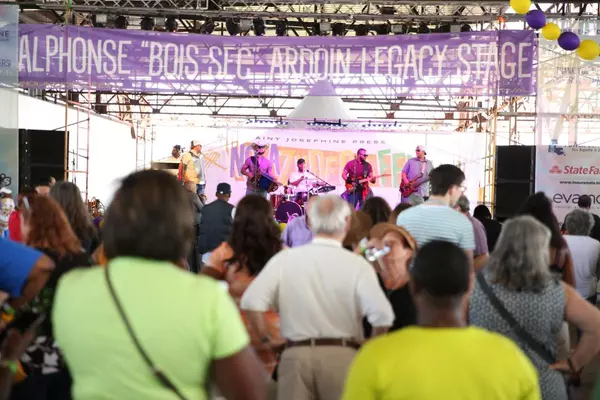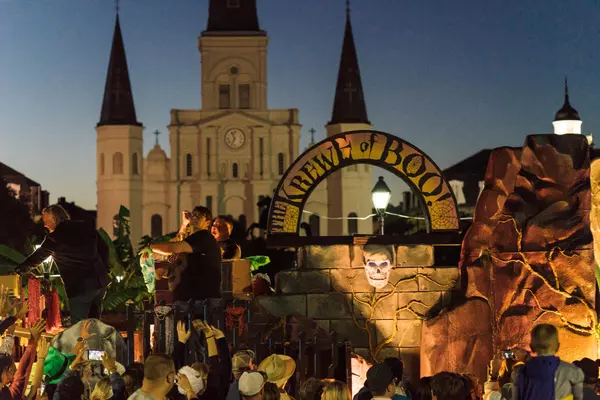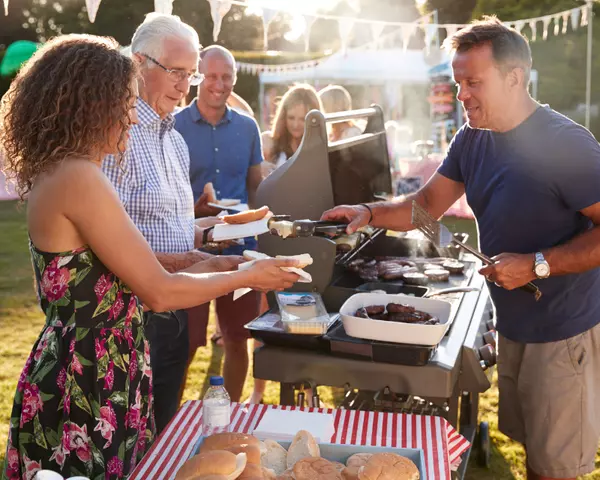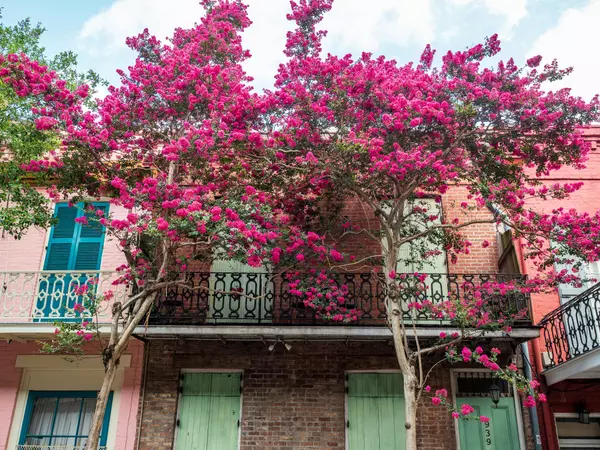Let The Good Times Roll: Exploring The History of Mardi Gras In New Orleans
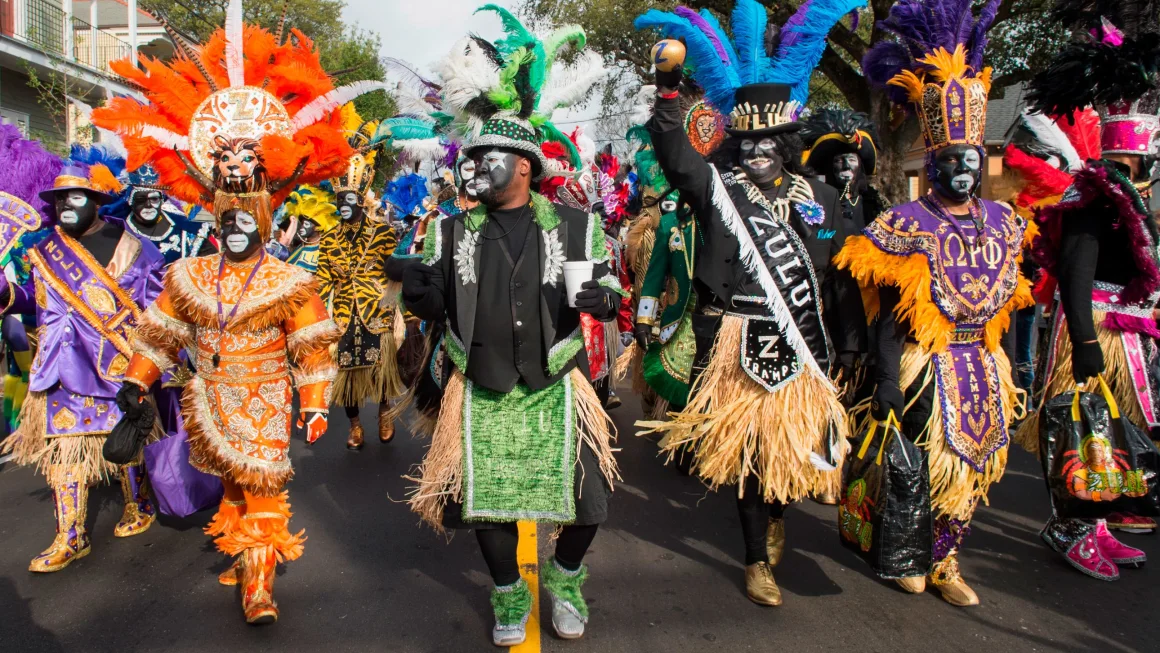
If you are a resident of New Orleans or a frequent visitor of the city, then I’m sure Mardi Gras holds a special place in your heart. This annual celebration is more than just about beads, parades, and king cakes, but is one of rich cultural history and heritage. The traditions of Mardi Gras have been passed down from generation to generation. From the elaborate costumes of the Mardi Gras Indians to the secret societies known as krewes, each aspect of the celebration is steeped in history and symbolism.
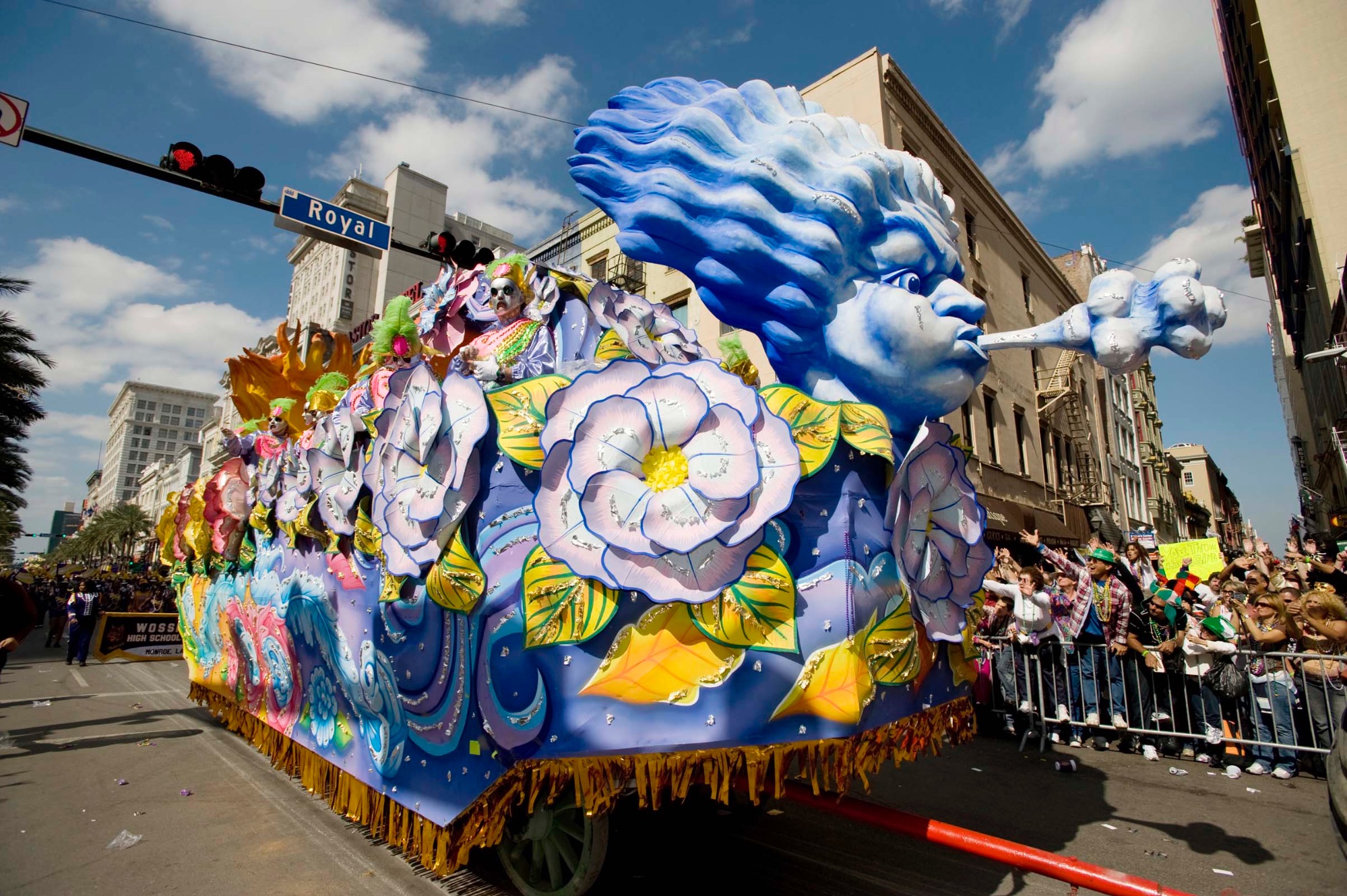
Mardi Gras, also known as Fat Tuesday, traces its roots back to medieval Europe. The tradition was brought to Louisiana by French settlers in the late 17th century, and it has since evolved into the spectacular festival we know today. Back then, it was a time of indulgence and revelry before the solemn season of Lent.
Mardi Gras isn't just a day, but a season. It kicks off on Twelfth Night, also known as Epiphany, and culminates on Fat Tuesday, the day before Ash Wednesday. The colors of Mardi Gras are purple, green, and gold, which represent justice, faith, and power. For many New Orleanians, it's a time to let loose, embrace our culture, and celebrate life in all its glory.
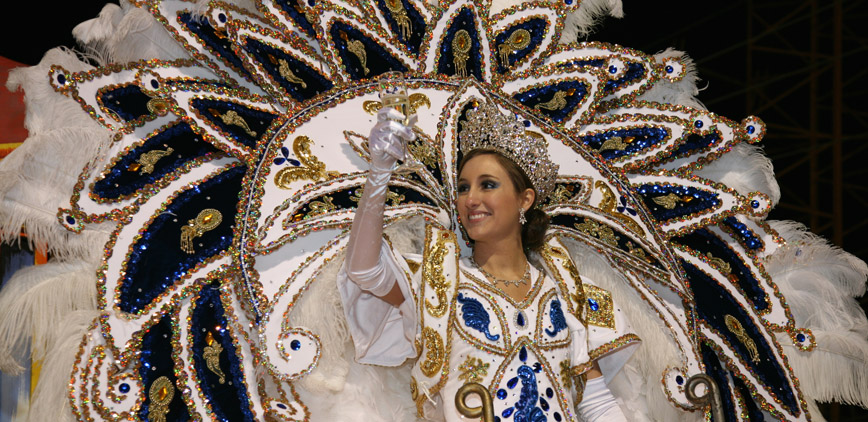
In the early days of New Orleans, Mardi Gras was a modest affair celebrated primarily within private homes and social clubs. However, as the city grew and prospered, so did the festivities surrounding it. In 1837, the first recorded public Mardi Gras parade took place, marking the beginning of a tradition that would soon captivate the city.
Central to the evolution of Mardi Gras in New Orleans are the krewes, which are social organizations responsible for organizing and financing the elaborate parades and balls that define the celebration. The first krewe, the Mistick Krewe of Comus, was founded in 1856 and set the standard for future Mardi Gras organizations. Over the years, countless krewes have emerged, each adding their unique flair to the festivities.
Mardi Gras Indians are an integral part of Mardi Gras celebrations. The origins of the Mardi Gras Indians can be traced back to the early 19th century. Inspired by the traditions of Native Americans and African cultural heritage, Mardi Gras Indians formed secret societies, known as tribes. The early Mardi Gras Indians adopted the ceremonial dress, rituals, and hierarchy of Native American tribes, paying homage to their customs while infusing their own cultural elements into the tradition. They crafted elaborate, handmade costumes adorned with intricate beadwork, feathers, and symbols that reflected their African and Native American roots, a tradition that still reigns true today.
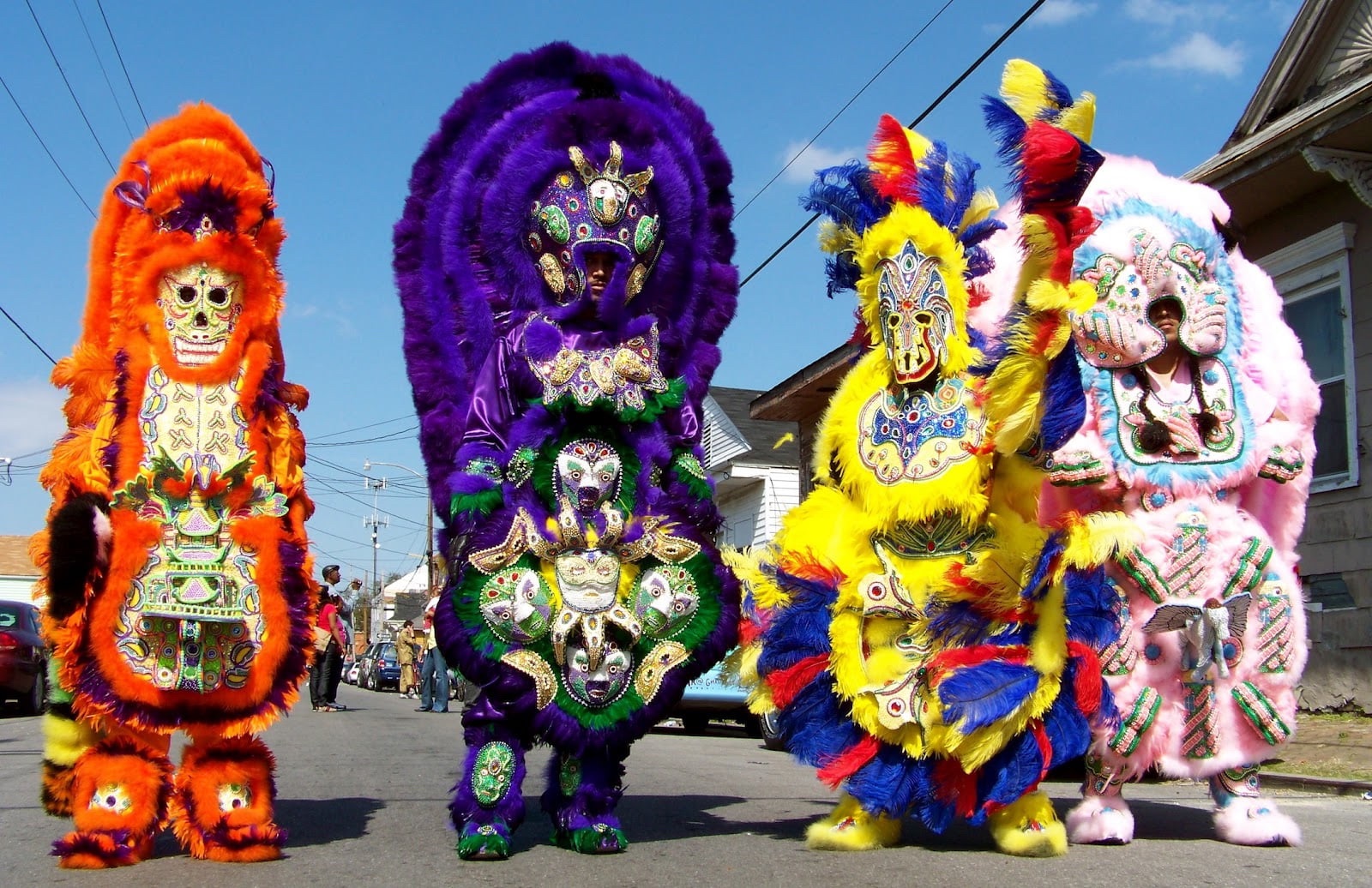
From beads to doubloons to stuffed animals, parade-goers eagerly clamor for these treasures, hoping to snag a keepsake to hold their memories of this phenomenal time.
One of the most beautiful things about Mardi Gras is its inclusivity. It's a celebration that brings people from all walks of life together. Mardi Gras welcomes everyone with open arms. The spirit of Mardi Gras reminds everyone they are free to be their most authentic selves and embrace the unique characteristics that make them who they are.
With the rise of social media, Mardi Gras has become more accessible than ever, allowing people from around the world to experience the magic of this season from the comfort of their own homes. However, there's nothing quite like experiencing the holiday season in person. With the sounds of marching bands filling the air and the smell of beignets wafting from the nearby cafes, there is a spectacular mystic within Mardi Gras that you must experience first-hand.
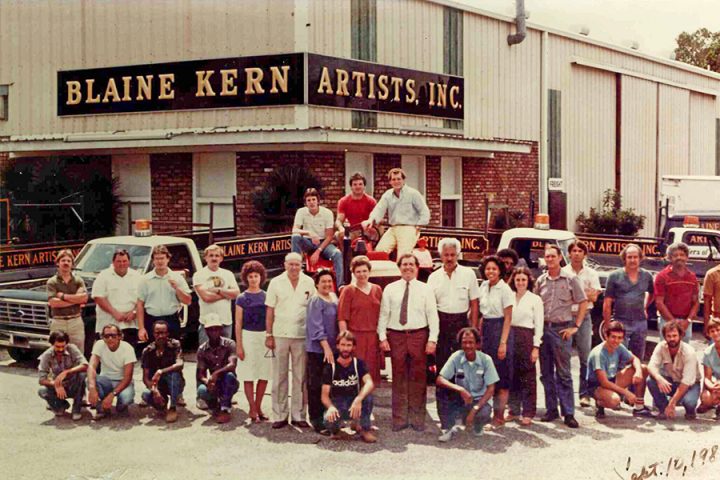
No discussion of Mardi Gras would be complete without mentioning the flamboyant parade floats and their creator, Mr. Mardi Gras, Blaine Kern. Blaine Kern dedicated his life to creating elaborate floats and sculptures that have become iconic symbols of the city's annual festivities. Through the years, the art of float design has grown more exhilarating and extravagant with every season. Parades are the heartbeat of Mardi Gras, featuring colorful floats, marching bands, and, of course, the coveted throws.
As we enjoy this Mardi Gras season, please remember to revel in the unique culture that makes New Orleans so special. So, whether you're a seasoned Mardi Gras goer or a first-time visitor, I invite you to join us as we celebrate the sights, sounds, and flavors of this beloved season.
Laissez les bons temps rouler (let the good times roll)!
*This post was written by Deveney Marshall of Mara Creative Agency
Categories
Recent Posts

